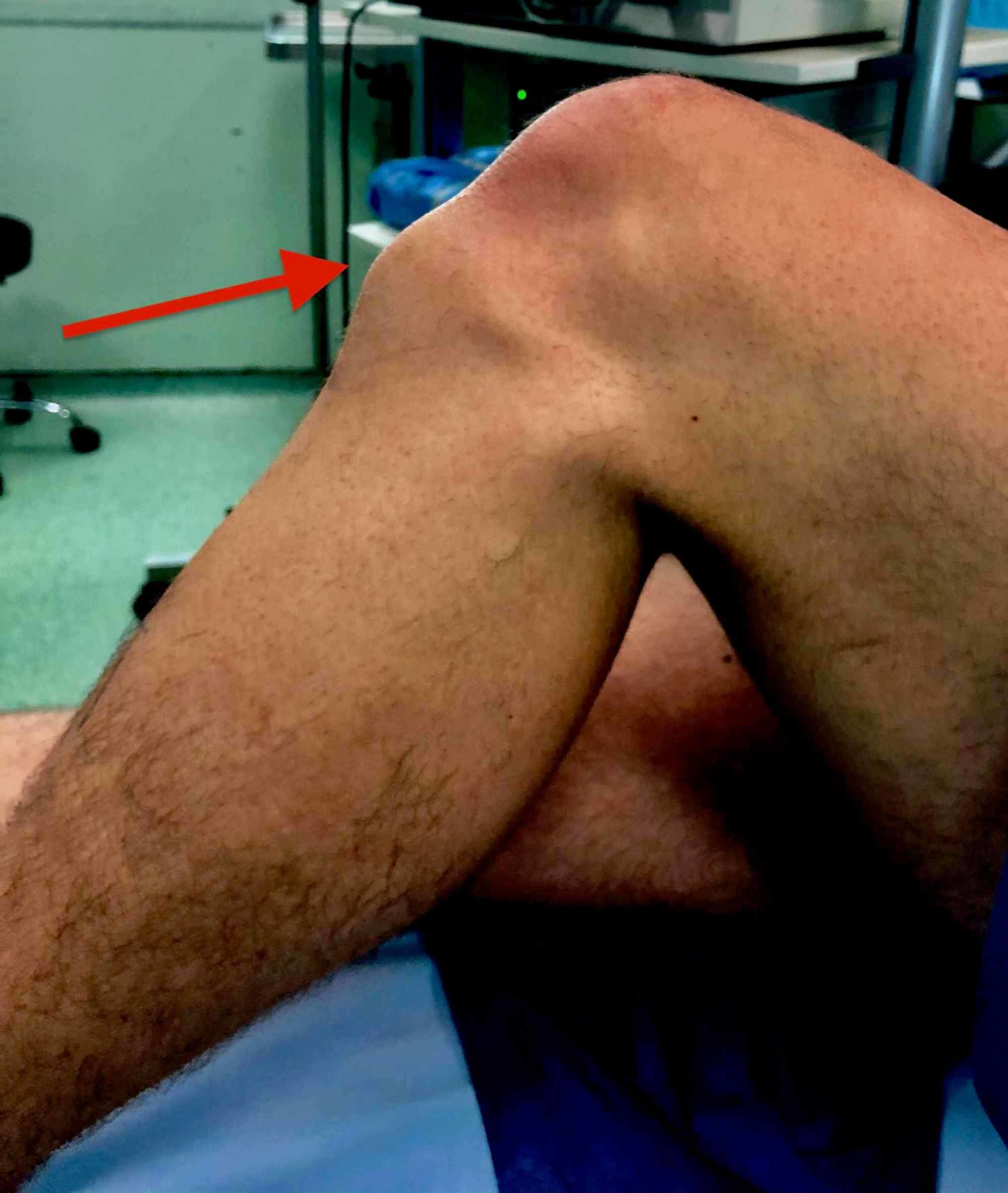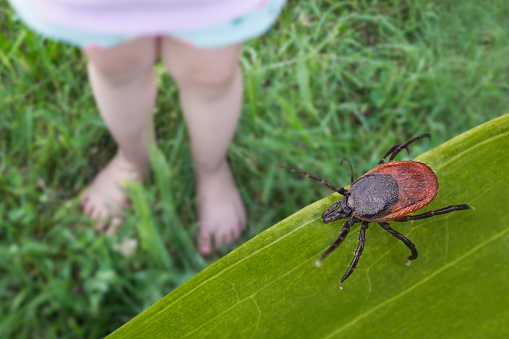If you have been diagnosed with Osgood-Schlatter disease in adults, you might be wondering what causes it, how it is diagnosed, and how it can be treated. You should also consider whether this condition can be acquired as an adult. It is also important to be aware of what might happen if you leave it untreated.
What causes Osgood-Schlatter flare up in adults?
A condition called Osgood-Schlatter disease causes inflammation of the patellar tendon, which attaches the kneecap to the tibia. It often develops in adolescents and young adults during rapid growth, when the bones and muscles of the legs are under tremendous stress. Symptoms of Osgood-Schlatter disease in adults may include knee pain, swelling, and tenderness.
The condition can develop slowly over a long period of time, but it can also happen suddenly. Symptoms of the disorder usually appear in one knee, and may worsen during activities such as jumping, running, and climbing. The kneecap may also develop a hard bump on the front side. This bump is a new bone growing in the area where the tendon pulls against the growth plate. The bump can be a permanent one or may be less noticeable as the child grows.
Once the growth plate in the knees stops growing, the pain associated with Osgood-Schlatter disease will subside. Bone is stronger than cartilage and less prone to irritation. In adults, however, symptoms may continue to persist even after the growth spurt has ended. Typically, only ten percent of people with the condition will experience symptoms into adulthood.
How do they fix Osgood-Schlatter disease in adults
Fortunately, there are several ways to treat Osgood-Schlatter disease in adult patients. Physical therapy is one option. It can help you manage your pain and speed recovery. Physiotherapy treatments are often painless and use simple techniques to help prevent swelling and minimize pain. Some of these techniques are non-invasive and include rest, ice, and elevation of the knee.
Although Osgood-Schlatter disease in adult patients is rare, it does exist. Most often, adults who developed the condition as children are still at risk for developing it later in life. About 10% of patients with the condition will continue to have symptoms well into adulthood. In addition, repetitive physical activities such as sports can cause the condition.
Physical therapy can help you overcome the pain associated with Osgood-Schlatter disease in adult patients. Pain in the front of the knees can interfere with work or play and can limit range of motion and flexibility. If left untreated, Osgood-Schlatter disease can last for weeks or months, limiting your ability to exercise and move freely. Fortunately, physical therapy can help you overcome your symptoms and return to your normal daily activities.
Can you develop Osgood-Schlatter as an adult?
Osgood-Schlatter disease is most common in young athletes, especially those who participate in sports that involve running and jumping. However, it can also affect children without athletic backgrounds. The condition usually goes away after a child’s growth spurt has finished and the bones have matured. It can cause pain in the knee and leave a bump below the kneecap. Symptoms of Osgood-Schlatter disease can be mild or severe.
This condition is usually diagnosed during adolescence. Young boys and girls are most susceptible to developing the condition. The symptoms include pain in the knee after vigorous physical activity. A physical exam will reveal if you are experiencing pain, swelling, or tenderness.
If you are experiencing pain in the knee, rest is the best treatment. Using ice on the affected knee can help reduce the swelling and pain. It should be applied every two hours for 15 minutes, with a thin towel placed between it and the skin. You may also take acetaminophen or ibuprofenol, which are pain relievers.
What happens if Osgood goes untreated?
Osgood-Schlatter disease is a common knee condition that causes pain and swelling below the knee joint. It affects the patellar tendon, the tendon that stretches over the kneecap. This type of condition is most common in young athletes.
Symptoms of Osgood-Schlatter disease vary from person to person and may last a few weeks or several years. The good news is that these symptoms usually subside after the growth spurt is over. However, if the symptoms do not subside or don’t go away, it could result in permanent damage to the skeleton. This condition affects boys more than girls and generally develops between the ages of eleven and twelve.
Although rare, this disease is often treatable in adolescents. Ninety percent of cases will go away on their own. However, some patients may require surgical treatment if symptoms persist. There are several types of surgical procedures available, including open surgery and burscopy. Arthroscopic surgery is preferred, as it allows early recovery and can treat any associated intra-articular pathology.
What happens if you don’t treat Osgood-Schlatter?
Although Osgood-Schlatter disease in adult patients may be painful, it is not considered to be a life-threatening medical condition. Patients suffering from this disorder usually improve on their own, although it can take weeks to months to recover fully. Treatments are generally focused on reducing pain and allowing patients to continue with their normal activities. However, some patients may require further medical treatment due to the extent of their pain and disability.
This disorder is caused by inflammation of the growth plate in the bone. Growth plates form where bones grow, near the joints. During growth, these plates are lined with cartilage and are often irritated due to high levels of stress.
In adults, Osgood-Schlatter disease is less common than it is in children but it still occurs in some cases. Most cases go away on their own after the growth plates harden. However, in rare cases, it can lead to fractures and damage to tendons. Surgery is a last resort in such cases.
Does Osgood-Schlatter show up on xray?
The signs and symptoms of Osgood-Schlatter disease vary from person to person. For example, some people will have more pain and swelling in one knee than in the other. The symptoms often get worse with activity, such as climbing or running. In addition, a hard bump may appear on the front of the kneecap. This bump is caused by a new bone growing in the area where a tendon pulls on the growth plate. This bump may be present for several months or a few years.
People with OSD should see a specialist for a knee X-ray. It’s best to have it diagnosed early. Most cases of OSD resolve when the child’s bones stop growing. X-rays can also help a doctor find out if there are any other problems affecting the knee.
A 14-year-old boy presented with pain in his right knee. He was active and involved in sports. The boy did not report any previous trauma or fever. His physical exam was consistent with Osgood-Schlatter disease. His x-rays revealed a mild soft-tissue swelling over the tibial tuberosity. He also had a tight right quadriceps muscle. An MRI of the knee can also reveal the presence of avulsed fragments.
How serious is Osgood-Schlatter?
Although most cases of Osgood-Schlatter disease are self-limiting, the condition can be more severe in adults. Treatment depends on the underlying cause. Conservative measures such as rest, activity modification, ice, and anti-inflammatory medication are often the best options.
The disorder is caused by repetitive stress on the tibial tubercle, a bone in the shinbone, and can lead to painful inflammation. This condition is most common in young, active people. It is related to growth spurts, and is often seen in boys and girls from ages ten to thirteen. During this period, the tibial tuberosity changes from cartilage to bone.
Osgood-Schlatter disease usually develops gradually, but can appear suddenly. The symptoms may be more prominent in one knee than the other, and the pain may get worse when climbing, running, or jumping. It may also cause a hard bump to appear on the front of the kneecap. This bump is a new bone growing, and it usually gets worse when the child is active.
Does Osgood-Schlatter qualify for disability?
Osgood-Schlatter disease (OSD) is a painful condition that affects the growth plate of the knee. This growth plate is the top portion of the shinbone and is made of softer tissue than the rest of the bone. While OSD does not lead to long-term problems, it can cause pain and swelling near the kneecap. It can also lead to limping and pain when running or walking.
Symptoms of Osgood-Schlatter disease vary from person to person and can last for a few weeks or several years. In most cases, it goes away when a growth spurt ends. The condition is rare among adults and usually affects one knee. Symptoms typically start between the ages of eleven and twelve, although it can occur in either gender.
Treatment for Osgood-Schlatter disease can include physical therapy or surgery. Surgical treatment may be recommended to remove the bone fragments that irritate the tendon. Physiotherapy can help the affected individual improve their mobility and range of motion. Patients may also be prescribed NSAIDs or anti-inflammatory drugs.



